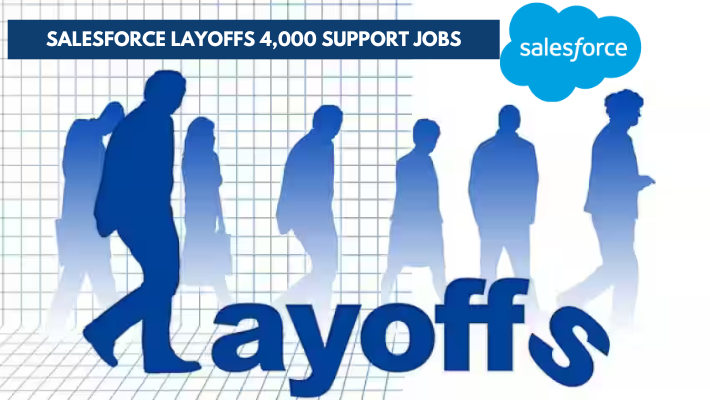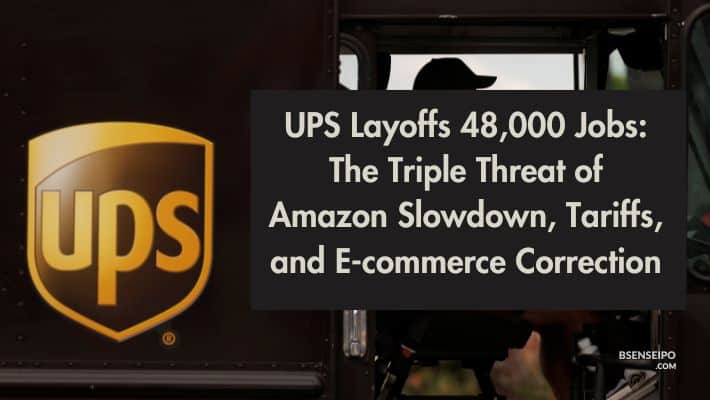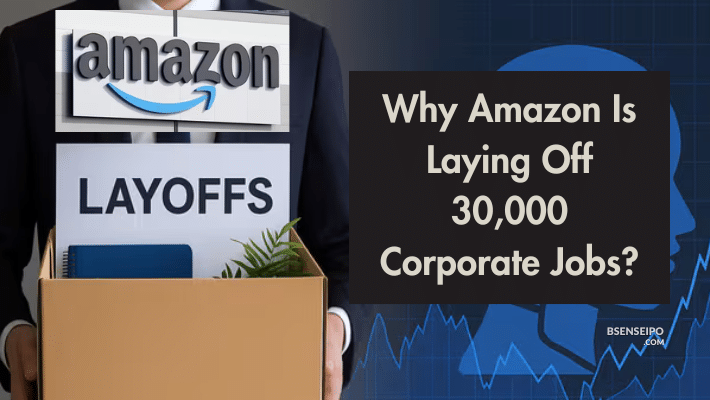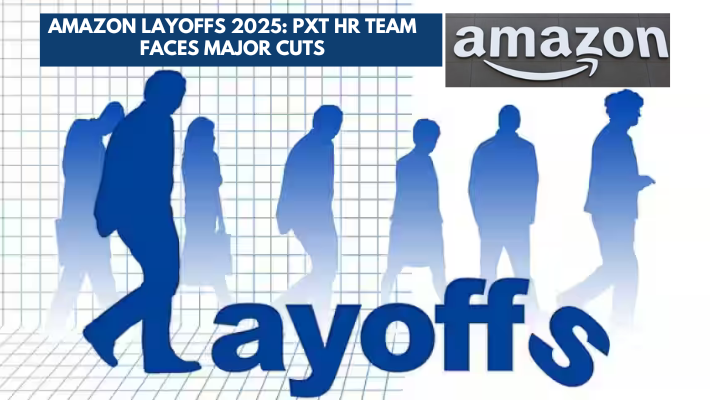Salesforce Layoffs 2025 — What’s Going On, What It Signals, and What to Watch
Salesforce Layoffs: In 2025, Salesforce is undergoing a major internal restructuring: the company has eliminated 4,000 customer support positions, cutting its support team from 9,000 to around 5,000. CEO Marc Benioff has publicly attributed the decision to the rising integration of AI agents in handling customer queries, saying “I need less heads.”
This shift comes even as Salesforce reports strong financial performance — in a recent quarter they achieved more than a 10 % year-on-year revenue growth. The move offers a window into how AI is reshaping business operations, labor, and role definitions within big tech.
What Exactly Happened?
- The 4,000 layoffs primarily targeted the customer support / service division, which saw its workforce shrink from 9,000 to about 5,000.
- The reductions also touched roles in San Francisco, Washington state, and Ireland, with the company filing a WARN notice covering 262 layoffs at its SF headquarters.
- In February 2025, Reuters reported Salesforce would also cut 1,000 roles even while simultaneously hiring personnel to support its AI initiatives.
- According to Benioff, the AI agents now manage up to 50% of customer interactions, a figure he says has enabled the leaner support structure.
Why It Matters
AI’s Growing Influence
Salesforce Layoffs reflect one of the more visible examples of automation replacing human labor — especially in roles that involve repetitive or rule-based work like support. Benioff frames it as part of the “agentic enterprise” vision, where humans and AI agents co-operate.
Talent Transition & Skill Shifts
Salesforce’s approach suggests that traditional support roles will be less central in the future. Meanwhile, AI-centric, analytics, and oversight roles are likely to take precedence. The company has also indicated that affected employees can apply for internal roles.
Strategic Signal to Market
By executing cuts even amid strong revenue growth, Salesforce is signaling to investors and competitors that efficiency, automation, and AI are top priorities. It underscores a broader trend in tech toward “doing more with fewer people” as AI becomes more capable.
Risk & Reputation
These moves also bring reputational risk. Public statements about needing fewer heads (versus framing layoffs more humanely) have drawn criticism. The company must balance cost, efficiency, and employee trust.
What This Means for Stakeholders
| Stakeholder | Implication / Action Items |
|---|---|
| Employees / Job Seekers | Upskill in AI, data, human-AI collaboration. Watch for internal roles and reskilling programs. |
| Salesforce Partners / Consultants | Anticipate shifts in project demand — more focus on AI integrations, fewer legacy support contracts. |
| Customers | Expect more automated support, self-service tools, and AI agents handling routine issues. |
| Investors / Analysts | Consider margins, restructuring costs, and long-term ROI from AI investments vs human capital. |
| Tech Industry / Competitors | Use this as a case study: how AI adoption accelerates structural changes in roles & org design. |
What to Watch Next
- Internal redeployment & reskilling programs — how many displaced workers find new roles within Salesforce?
- Financial impact & restructuring costs — severance, transition costs vs efficiency savings.
- AI agent performance, customer satisfaction & error rates — can AI deliver consistently?
- Future hiring trends — which roles will grow (AI, ML, oversight) and which will shrink further.
- Regulatory and social pushback — as AI-induced job cuts become more visible, expect criticism or regulation.
Final Thoughts
Salesforce’s 2025 layoffs are one of the more high-profile examples of AI-driven workforce change in major tech. The decision to slash support staff while leaning into automation highlights how even high-margin, high-revenue companies are not immune to the pressures — and opportunities — of AI transformation.
For employees, it’s a clear signal: adaptability, AI fluency, and strategic thinking will be more important than ever. For the rest of the tech world, Salesforce’s moves serve as a caution and a model — a glimpse into how AI may rewrite the rules of talent, efficiency, and human-machine collaboration.




